An amateur writer, a bumbling artist, but – alas! – a skilled and experienced procrastinator. Hopelessly in love with Eastern European history, the Steppe, coyotes, lizards, and jackals. And did I mention dragons?
Don't wanna be here? Send us removal request.
Text

A takiego Janka Waćpaństwo widziało?
Michał Żebrowski as Jan Skrzetuski
From my old collection of press cuttings/photographs from the Polish Press (1997–1999). It is a fan & didactic account, existing only for the Cossack Heroes' glory and promoting Polish & Ukrainian heritage worldwide. Copyright belongs to the Photographer.
16 notes
·
View notes
Text




Daniel Olbrychski na planie Pana Wołodyjowskiego (1969)
26 notes
·
View notes
Text

Mykhailo Kanieiev - Old Kyiv (1957)
314 notes
·
View notes
Note
Thought of you when I saw this pic :)
It's by Jerzy Troszczyński

Bless you haha I love it!
87 notes
·
View notes
Text
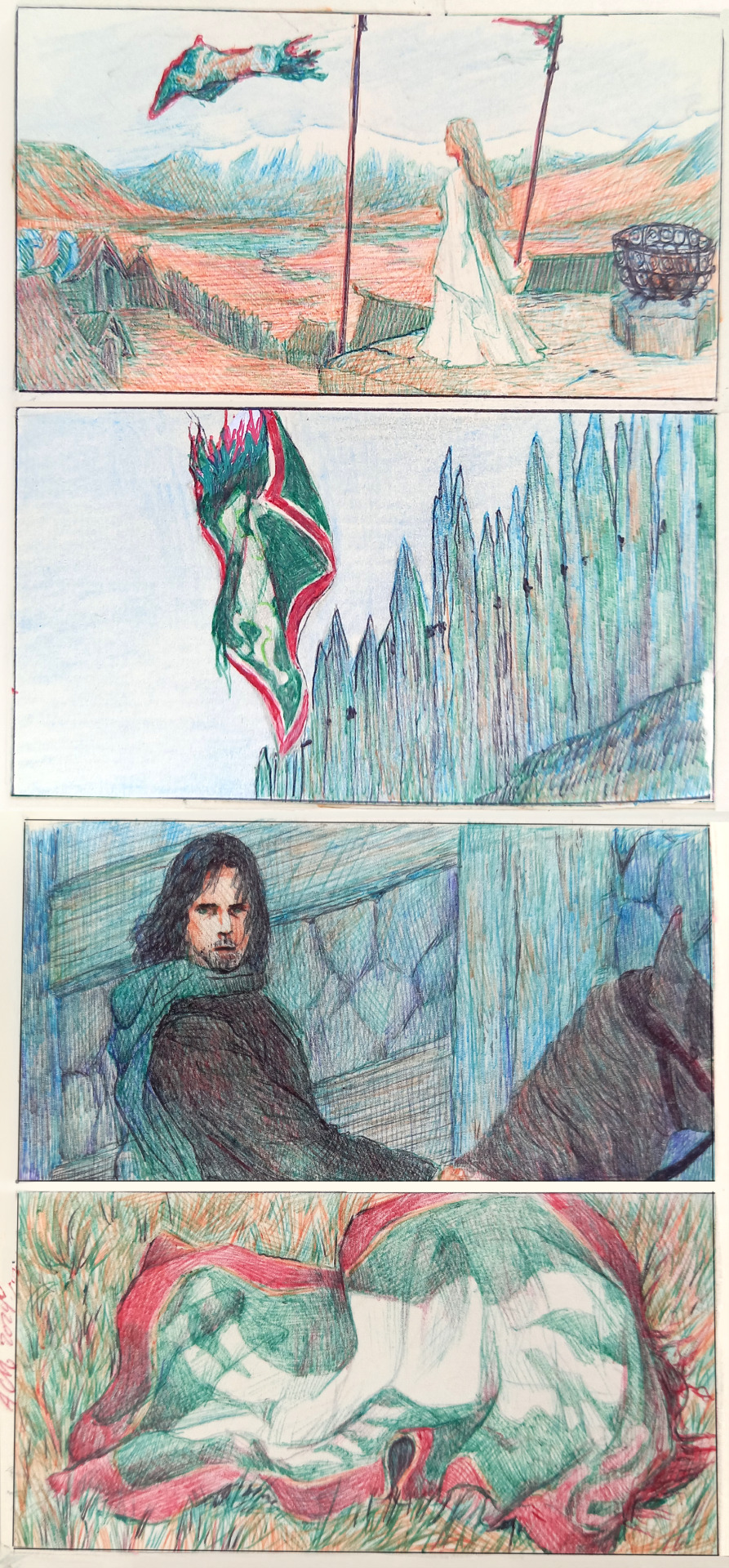
My art 🎨(bic pen : black, turquoise, blue, green, red and orange + grey colored pencil)
#it's so amazing what you're able to do with this type of pen!#it looks incredible!#eowyn#aragorn#lord of the rings#artwork
6K notes
·
View notes
Text



7 notes
·
View notes
Text

Cloversheep
910 notes
·
View notes
Text

Kozacha Hora. The Outskirts of Zmiiv. Kharkivshchyna by Serhii Vasylkivskyi, 1900
48 notes
·
View notes
Text

Maurycy Gottlieb's Wesele Żydowskie ("Jewish Wedding"), 1876
216 notes
·
View notes
Photo
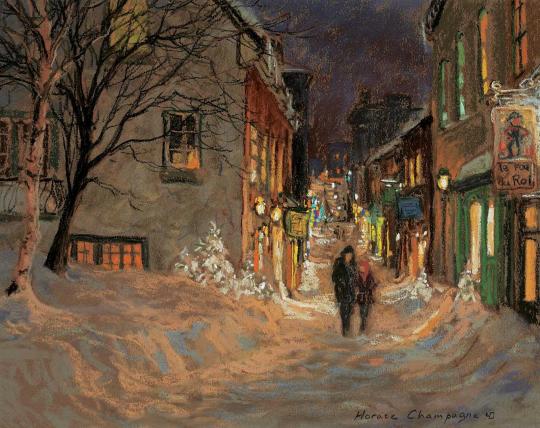
King’s Fool - Horace Champagne, 1990.
Canadian, b. 1937 -
Pastel on paper , 29.2 x 36.79 cm. 11.5 x 14.5 in.
6K notes
·
View notes
Text
I want to scream and cry (istg who tf am i lying to, i am already crying)
To every non-ukrainian that reads my tumblr — if Ukraine is going to be given to russia, I will die. For being openly pro-Ukrainian of openly queer — one of those two, definitely. It is, like, a fact. And the possibility of that is way higher then the possibility of me dying right now from a missile or a drone (even though there's an air raid right now, yeah). Fucking crazy, but that's the reality.
Don't want to be spreading defeatism, but the things that happened in the White House today very clearly shows that the US is siding with russia.
I believe in our military. They are doing absolutely unbelievable things. They are probably the only reason why I haven't given up on my life yet.
But oh my fucking god, it is so obvious that the US is trying to sell us to russia. Honestly, it is fucking unbelievable. After threatening to sanction the hell out of us in the 90s in order to make us give up our nukes and destroy missiles and military aircrafts, they failed to react when russia broke the Budapest memorandum and attacked us in 2014. They did fucking nothing. And now they are actively betraying Ukraine (sorry, I can't call it otherwise). I hate trump and every person that voted for him. I wish them to spend the next 11 years like ukrainians — actively suffering and with everyone telling them to shut up and die already.
I genuinely don't know what else to say. Support Ukraine, please. If you are not from the US — look up the info about pro-Ukraine rallies in your country. We need the support of other countries. At this point I am literally begging everyone who can read this — push your government to help us. It is crucial right now.
If you are from the US — honestly, i don't know what to tell you. Either hire a hitman who can do their job or riot and overthrow him. Yeah.
Ah, also, yeah, never fucking ever give up your nukes 🙂
203 notes
·
View notes
Text

13 notes
·
View notes
Text

One of my favorite all time images in a 2025 remake. Hilltop at the spot. Bumble Bee, Az. Thirty seconds in moonlight.
77 notes
·
View notes
Photo
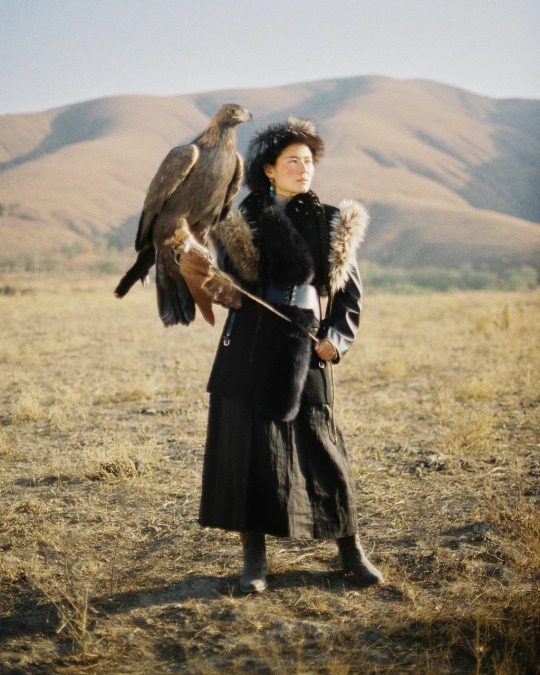

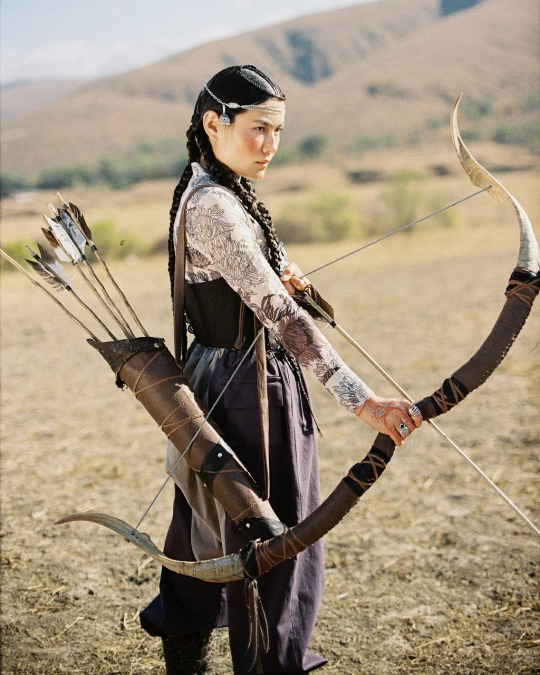

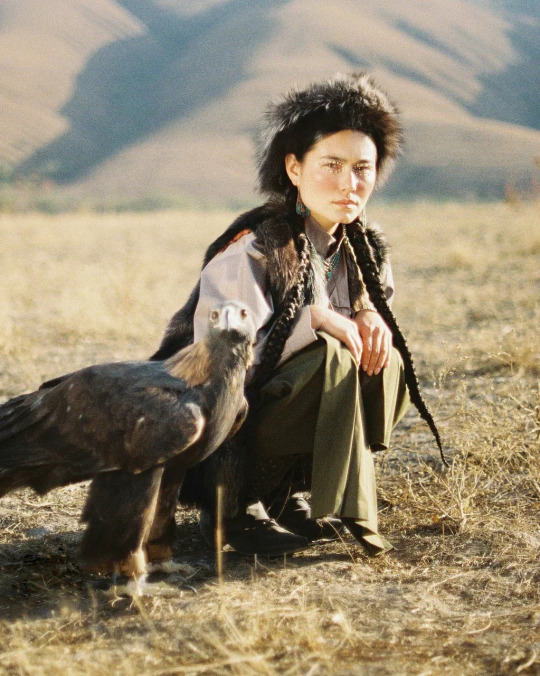
“Daughter of the Steppes”, Harper’s Bazaar Kazakhstan
69 notes
·
View notes
Text
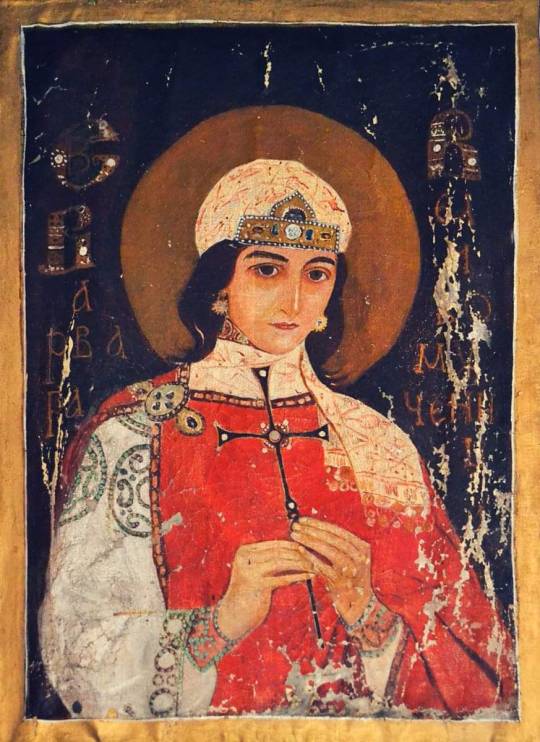
An icon of St. Barbara in the Orthodox church "St Paraskevi" in Varna, Bulgaria
(via)
643 notes
·
View notes
Text

Smacznego tłustego czwartku~ Pączki z tyłu są wegańskie, więc dla każdego coś się znajdzie 😊

46 notes
·
View notes
Text

Gamini Ratnavira (b. 1949), Running Wolves, oil on canvas.
Invaluable
301 notes
·
View notes